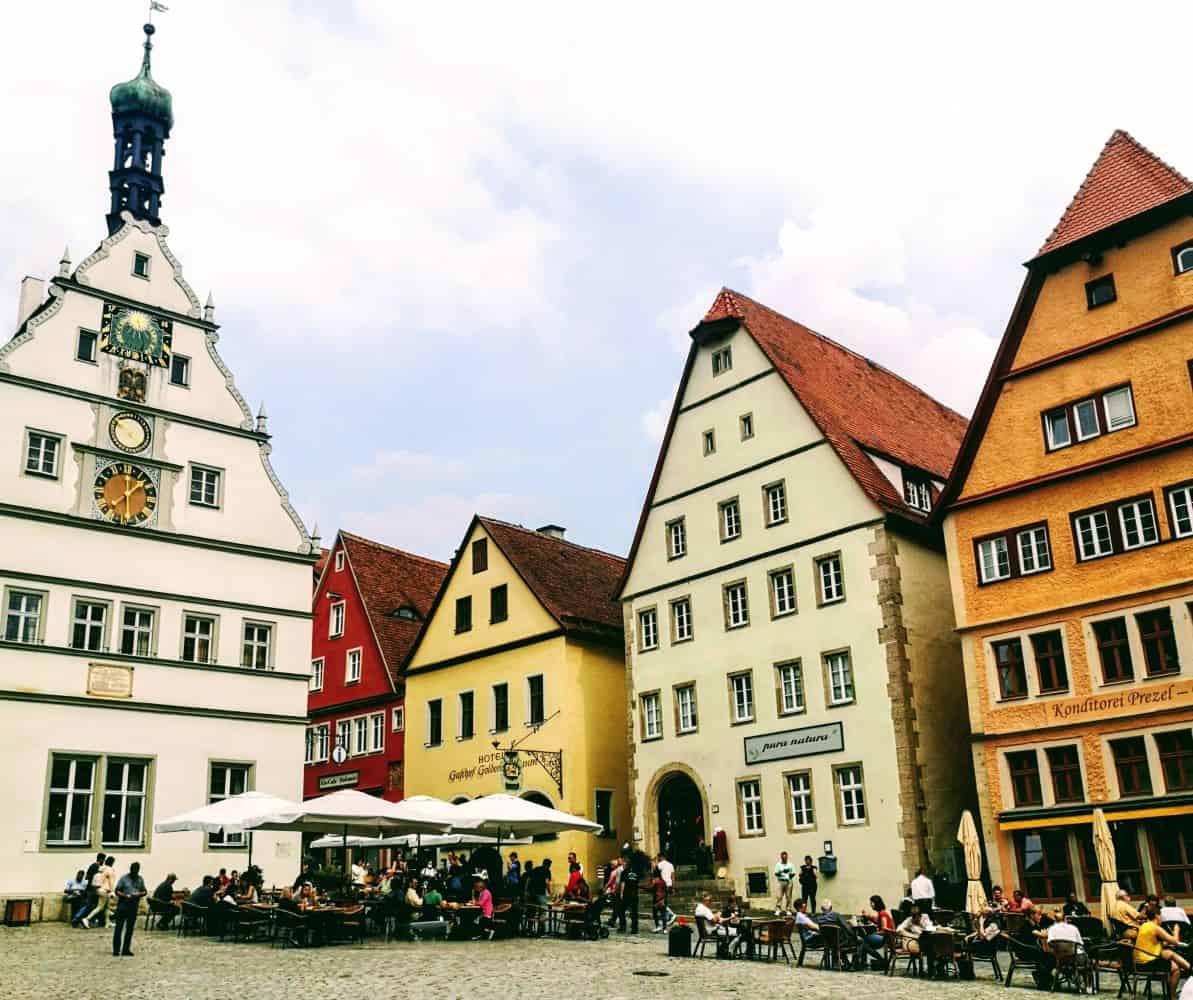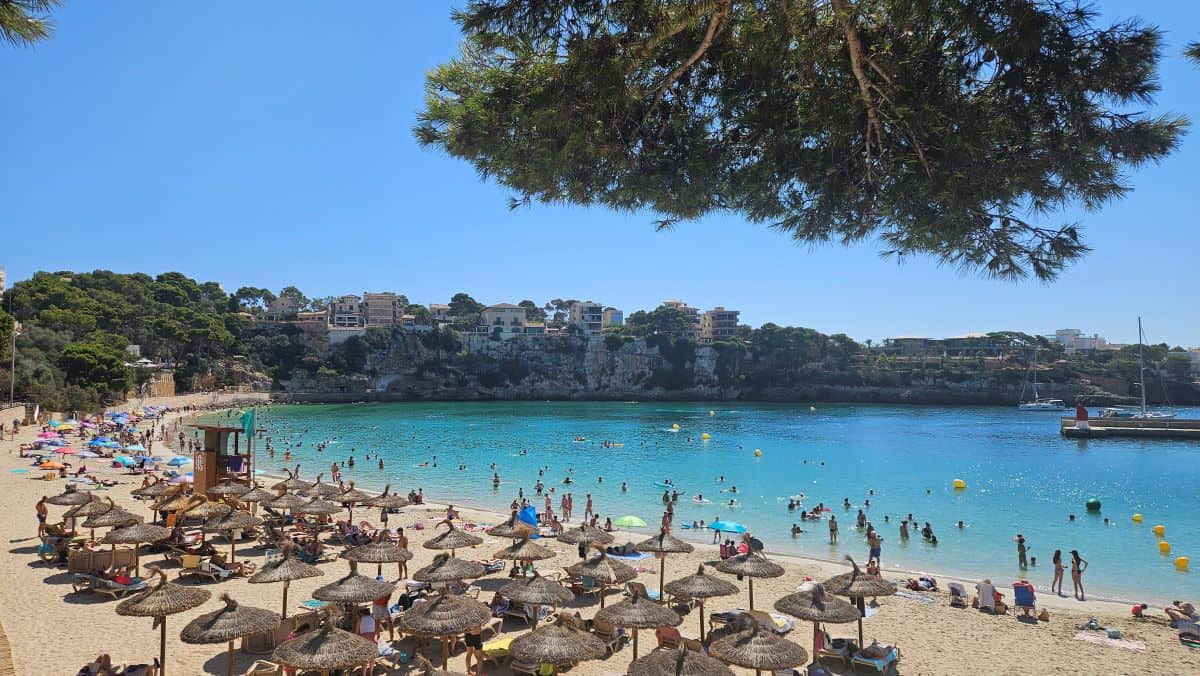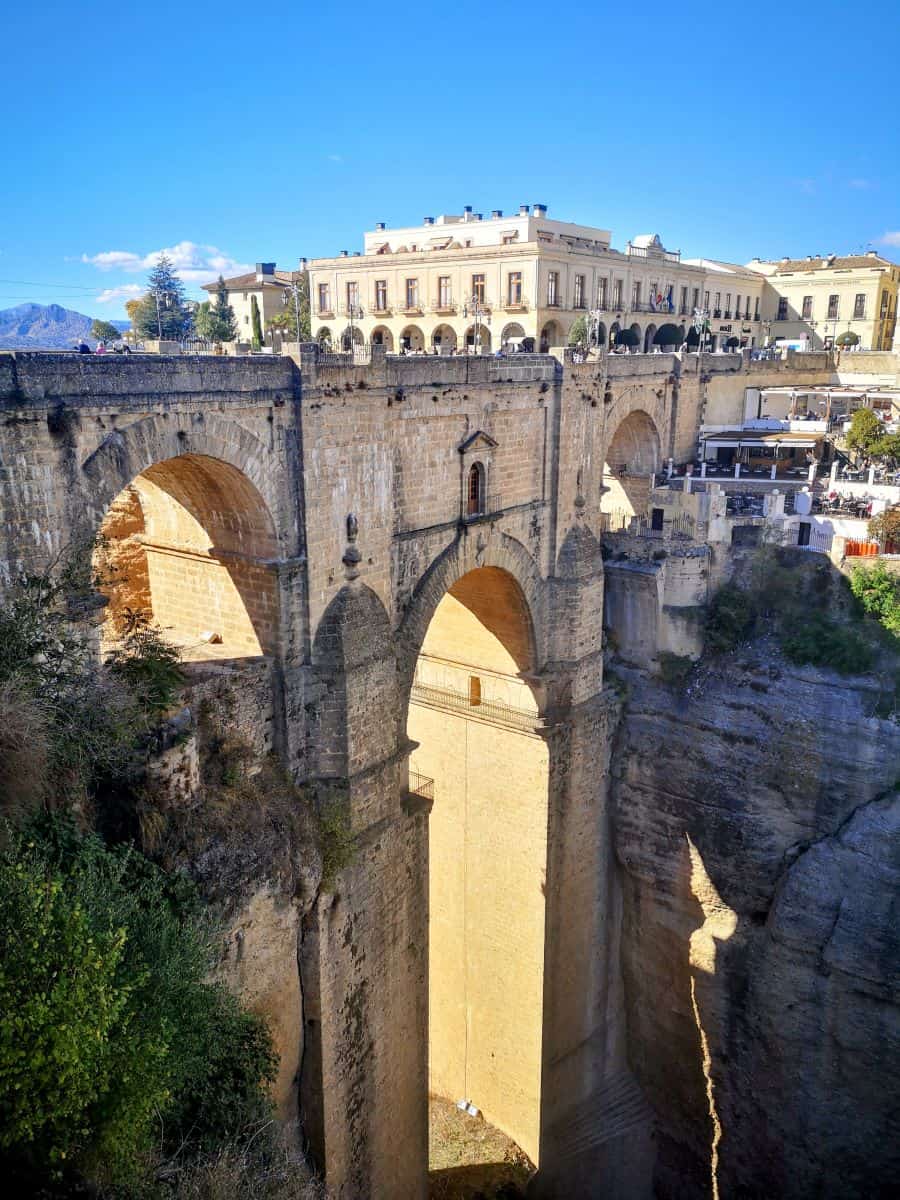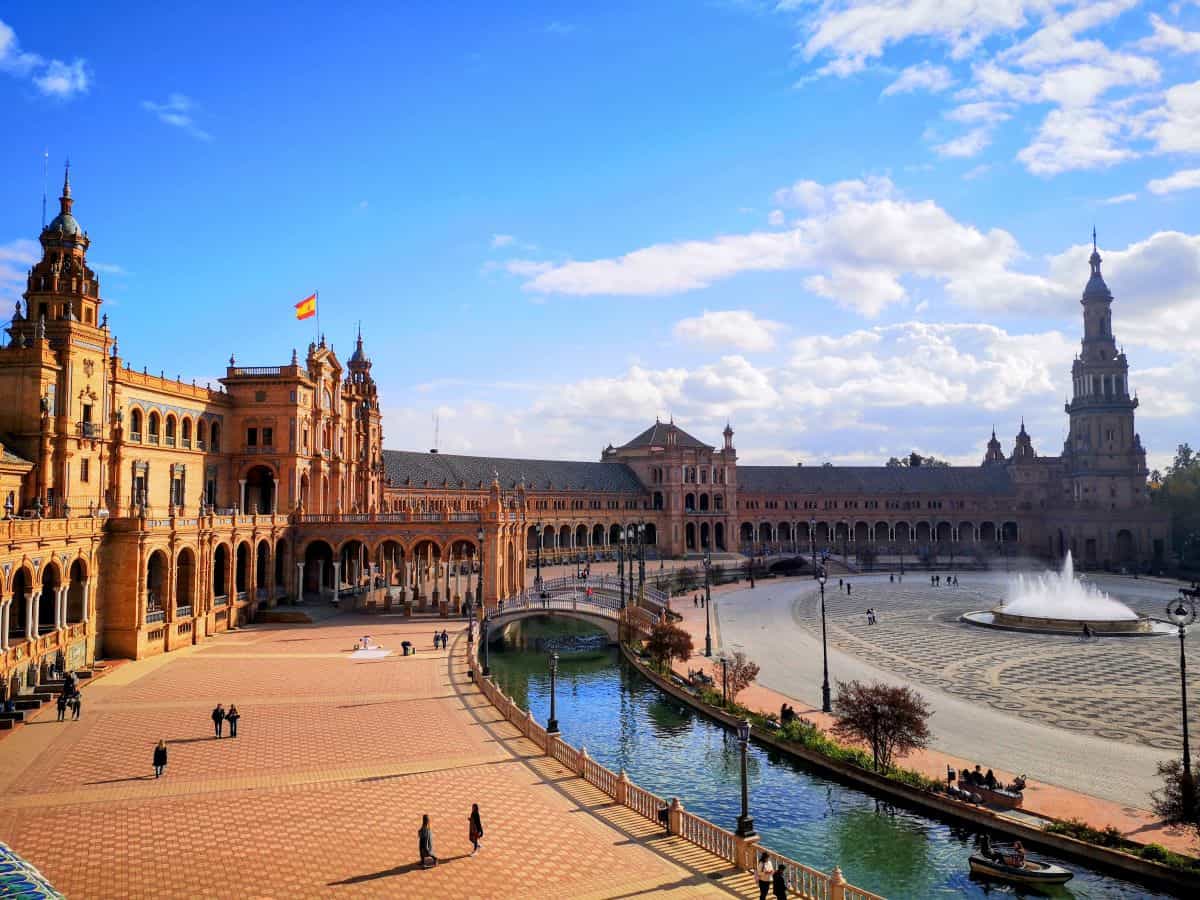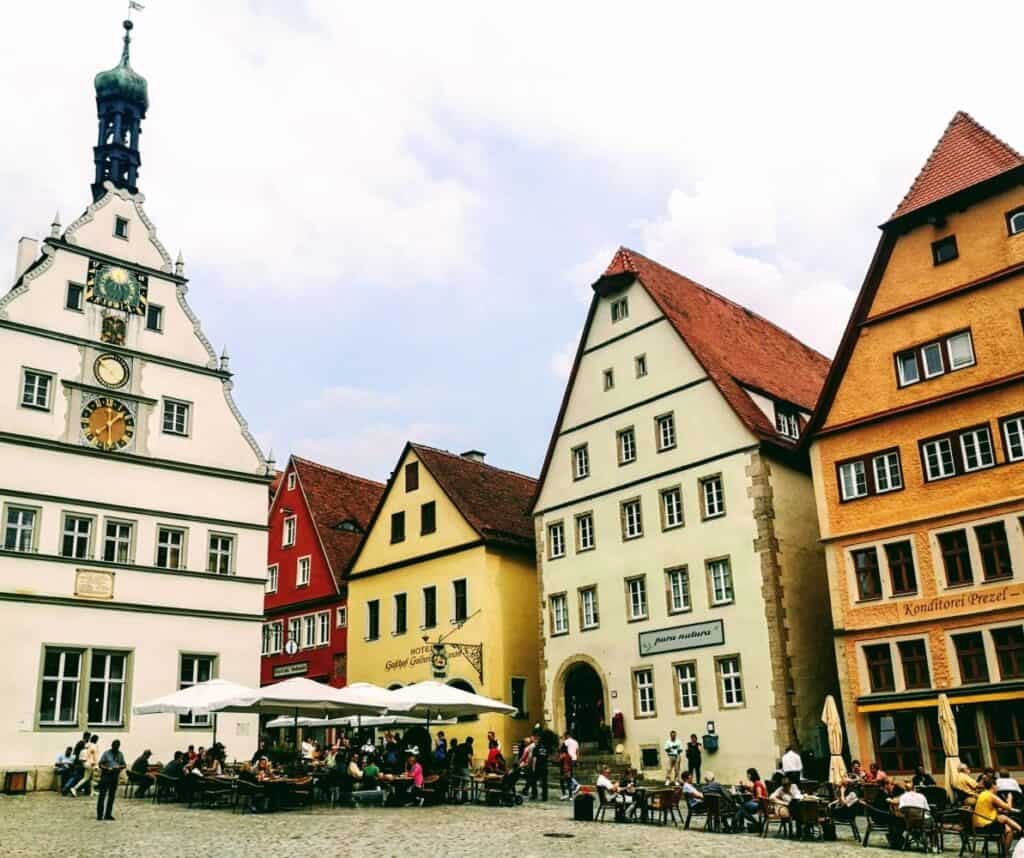
This post may contain affiliate links. I will receive a small commission if you use these links.
This Bavaria road trip itinerary will include elements of Germany’s famous Romantic road. Starting in the city of Würzburg, and travelling south to Munich. Along the way, you’ll visit some of the best places in Bavaria.
Bavaria is a large region in the Southwest of Germany, full of historic, charming destinations and great road trip views. There are several beautiful road trips in Germany, including the Great Romantic Road, the Rhine Valley Route and the Great Alpine Road. Driving through the Black Forest is also another great way to spend a week in Germany. However, if you want to know some of the best places to visit in Bavaria, you’re in the right place!
Table of Contents
Beautiful Bavaria road trip itinerary
As I mentioned above, this Bavaria road trip starts in the city of Würzburg. The best way to get to Würzburg is to fly into either Nuremburg or Frankfurt airport. You can then pick up your rental car from the airport.
You will need between 10-14 days to complete this road trip. Of course, this may differ, depending on how long you choose to stay in each of the locations. You may also want to extend the road trip by adding in the Bavarian Alps at the end.
Würzburg
Start your Bavaria road trip in the city of Würzburg. This is also the starting point for the Romantic Road, which extends down Germany, weaving between the borders of Bavaria and Baden-Württemberg. The Romantic Road is one of the most popular road trip routes in Germany. Whilst this itinerary doesn’t follow the same route, it heads in the same direction.
What is there to do in Würzburg?
Würzburg sits right in the centre of Germany’s Franconian wine region, so, if you’re a wine drinker, you’re in luck, as there is plenty of good quality wine in the city!
In addition to its famous wine, Würzburg, like many Bavarian destinations, is known for its history and architecture. As such, you can easily spend the whole day here, wandering around the city and admiring the buildings. The most famous landmark in Würzburg is the Residential Palace, which dates back to the 18th century. If you want a closer look at the palace, you can pay to go inside to view the paintings and wander around the formal gardens.
Another great activity in Würzburg is to enjoy a city sightseeing tour on board the Bimmelbahn Train.
For the best views over Würzburg, head to the Marienberg Fortress. If you are visiting Germany on a budget, you’ll be pleased to know that you do not need to pay to access the viewpoint outside the Fortress. However, if you want to see the art, gardens and museum inside, there is a small fee to enter.
How long do you need in Würzburg?
One to two days is plenty of time to wander around the city of Würzburg.
Bamberg
Bamberg is one of the most well preserved Mediaeval cities in Germany. Remarkably, the city was left relatively unscathed following WWII and many historic buildings still stand today. The number of preserved historic buildings has earned Bamberg a ‘UNESCO Heritage site’ title.
What is there to do in Bamberg?
Bamberg may not be a large town, but there are lots of great attractions to see. Start your day in Bamberg by walking up to the Michaelsberg Monastery. Sitting in the centre of the complex is the St Michael’s church, which is over 1000 years old. At the time of writing (summer 2024), access to the church is closed due to extensive renovation works. However, you can still access the viewing area around the complex and look across the rooftops of the town and beyond.
One of the best things to do in Bamberg is to wander around the Aldstadt (old town) and explore the historic buildings and architecture. One particularly interesting building is the Altes Rathaus – the old town hall which sits on top of the stone bridge over the river.
Another important building in Bamberg is the Bamberg cathedral (‘Bamberger Dom’). Entry to the cathedral is free within certain hours and paid tours are available if you want to explore more areas. In addition to the cathedral, you can also visit the luxurious Neue residence. This 17th-century palace also has a pretty rose garden which you can visit for free.
How long do you need in Bamberg?
Bamberg is quite small and you can see most of the main attractions in one day. However, if you want to join a guided tour and take things a bit slower, then I would suggest one-two days.
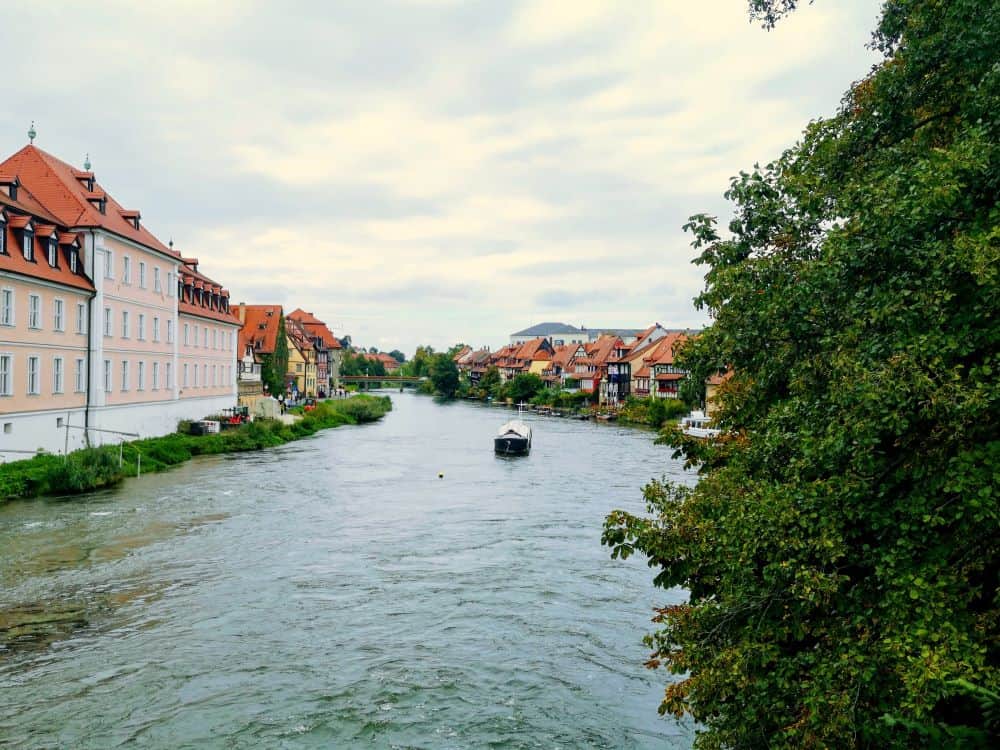
Nuremberg
Nuremberg is the second largest city in Germany (coming behind Munich). Sadly, because of this, it was a main target during WWII and much of the original historic city was destroyed. Despite this, Nuremberg still retains some of its old character (thanks to some parts of the historic city being reconstructed). Although it might not be as ‘quaint’ and ‘charming’ as some of the smaller places to visit in Bavaria, it is definitely a worthy stop on your Bavaria road trip itinerary.
What is there to do in Nuremberg?
There are quite a lot of things to do in Nuremberg to keep you entertained for a day or two. Start by visiting the Kaiserberg (Imperial Castle of Nuremberg). Whilst there is an entrance fee to go inside the castle, you can walk up to the large gates and viewing platform for free.
Sitting just underneath the Kaiserberg is the Tiergartnertor, which is one of the city’s few remaining defensive gates, dating back to the 13th century. If you want to explore the city walls further, you can book a tour of the Mediaeval dungeons which sit underneath the city walls.
Another great budget activity to do in Nuremberg is to wander around the Old Town, before buying lunch in the open-air Hauptmarkt. After lunch, take a stroll along the River Pegnitz, where you can see the traditional timber Maxbrücke bridge. If you’re short on time, or not able to explore on foot extensively, the Bimmelbhan sightseeing train is a great way to explore Nuremberg.
How long do you need in Nuremberg?
You can easily see the main sights of Nuremberg in one day if you are short on time. However, if you want to join a guided tour, or take a daytrip from Nuremberg, then I would suggest staying for a couple of days longer. In summary, one – three days is a good amount of time to spend in Nuremberg, depending on what you want to do whilst in the city.
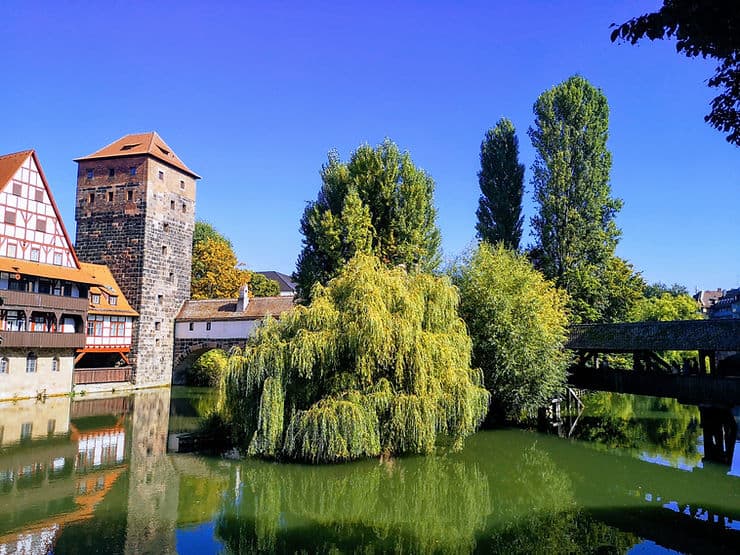
Rothenburg ob der Tauber
Rothenburg ob der Tauber is perhaps one of the prettiest places to visit in Bavaria. It is one of the most visited places along Germany’s Romantic Road, and for good reason, because it is utterly charming!
What is there to do in Rothenburg ob de Tauber?
The focal point of this cute town is the grand town hall, which sits in a large cobbled market square, surrounded by colourful buildings housing cafes and shops. One of the best things to do in Rothenburg is to simply wander the historic streets and explore the narrow lanes. You can also walk the old town stone walls and take in the views across the surrounding countryside.
Make sure to head to the little area of Plönlein, with a cute water fountain and half-timber houses. This is the most photographed spot in Rothenburg, so arrive early in the morning if you want to capture some great photos.
How long do you need in Rothenburg ob de Tauber?
Rothenburg ob der Tauber is a small town, and you don’t really need more than one day here. However, it does get very busy, so I would suggest staying two nights. That way you can stay overnight and get up early to explore the town the following day before the coach trips arrive. You can then enjoy a second night in the town before you continue your journey the following day.
Dinkelsbühl
Dinkelsbühl is one of the few remaining walled mediaeval towns in Germany, alongside Rothenburg ob de Tauber and Nördlingen. The town itself has retained many historic characteristics and it is a great example of how traditional Bavarian towns would have looked during the middle ages.
What is there to do in Dinkelsbühl?
The best way to explore Dinkelsbühl is on foot, wandering around the old town, admiring the half timber buildings. There is also a picturesque 3 km walking route which circles the old town and its walls, which is great to do on a sunny day. Along this walking trail, there are four main stone gates, which were once the entrance points into the historic old town. The most well-preserved gate is the Nordlinger Tor which was built around 1400.
Dominating the centre of Dinkelsbühl is the impressive St. George Cathedral. The cathedral dates back to the 15th century and for a small fee, you can climb the tower for great views over the town and surrounding countryside.
How long do you need in Dinkelsbühl?
You only need to spend one day in Dinkelsbühl, but it is definitely worth stopping here on your journey along the Romantic Road, or through Bavaria.
Augsburg
Augsburg is one of Germany’s oldest and most historically significant cities. Located half way along the Romantic Road route, it makes a great stopping point on your Bavarian road trip.
What is there to do in Augsburg?
One of the best things to do in Augsburg is to join a walking tour. The popular tours will navigate you through the charming old town and to several UNESCO heritage sights in the city.
Augsburg is most well known for being home to the Fuggerei – a social housing estate built by the wealthy Fugger banking family. The settlement is still home to local catholic residents, however there is a small museum detailing its history.
In the centre of the Old Town is the impressive Augsburger Dom. This Roman-Gothic cathedral is famed for its beautiful stained glass windows. Other notable buildings include the City hall, St Mary’s Cathedral, Schaezler Palace and the Waterworks museum.
When you’re ready for some lunch, make your way to the Rathausplatz – the historic town square, and for families visiting Augsburg, Legoland Germany is only a 35 minute drive away.
How long do you need in Augsburg?
Despite being one of the largest cities in Bavaria, the centre of Augsburg is relatively walkable. Therefore, one – two days is a good amount of time to visit Augsburg.
Munich
Munich is the capital of the state of Bavaria and one of the largest and most visited cities in Germany. Munich is also famous for its large Oktoberfest beer festival, however, there is much more to this city than just beer!
What is there to do in Munich?
The focal point of the city is the Marienplatz – a central square, surrounded by historic gothic buildings. Notable landmarks here are St Peter’s church and the Neus Rathouse – a townhall with an ornate clock tower. Walking around Munich centre, you’ll discover many more beautiful buildings and points of interest. One of these is the Munich Palace Residence. Surrounded by landscaped gardens, the palace is open to visitors and houses a small museum and art gallery.
In the summer months, one of the best places to visit in Munich is the English Gardens. At one end of the gardens is the Eisbachwelle – a year-round surfing wave. Another great place to enjoy sunny weather is the Maximilian gardens. In the centre of these gardens is the Bavarian State parliament.
In addition to historic buildings and pretty parks, Munich also has a great food and drink scene. You’ll find lots of welcoming restaurants and beer houses dotted around the city. One of the most popular beer houses in Munich is the Hofbräuhaus München, which dates back to the 16th century.
If you want to save your feet, a great way to explore Munich is to buy a ticket for the Hop on and Hop off bus, which takes you round some of the best sights in Munich.
How long do you need in Munich?
Munich is quite a walkable city and many of the sights are close to one another. As a result, two days would be a sufficient amount of time to spend here. Parking in the centre of Munich is expensive, therefore, I would recommend staying outside the city and finding a hotel with either free or subsidised car parking. Likewise, staying further out of the centre is also where you will find the cheapest accommodation in Munich. If you are staying outside the city, there is a metro which is handy for getting into and around Munich.
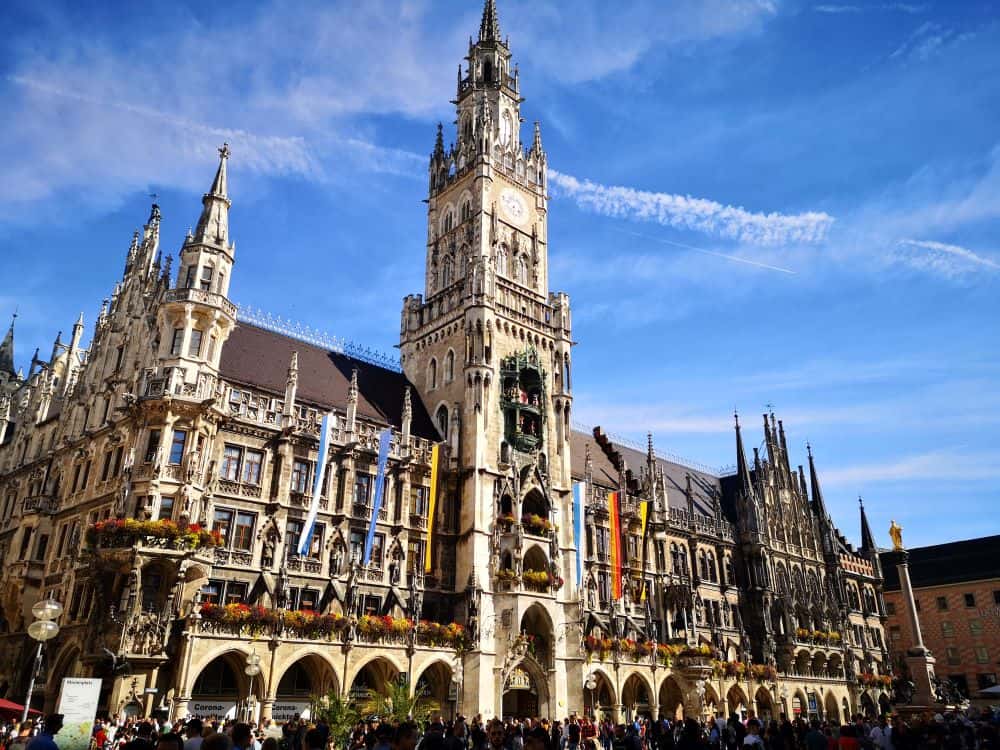
Bavarian Alps
This Bavaria road trip itinerary ends in Munich. However, if you have longer to spend travelling, you may want to extend your journey.
If you want to continue exploring the beautiful region of Bavaria, you may want to head south after Munich to the Bavarian Alps. Running through the centre of Bavarian Alps from Lindau to Konigssee is the German Alpine Road. This is the most popular route for a road trip in the Bavarian Alps, passing through a variety of breathtaking landscapes.

